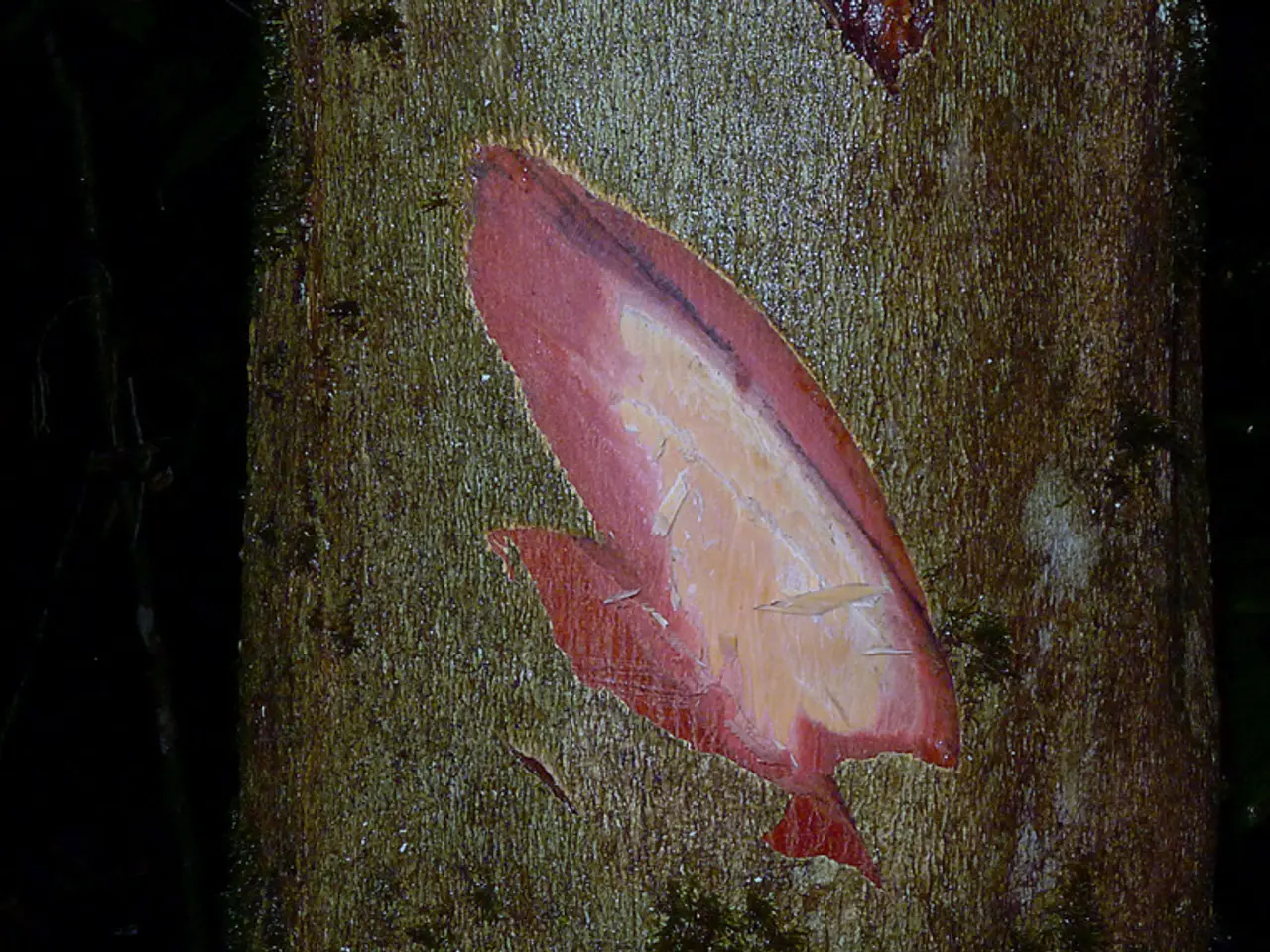Space-Grown Stem Cells Piquing Interest among Doctors and Medical Researchers due to Excitement
The International Space Station (ISS) has been a hub for numerous flight operations and celestial research since its inception in 2000, hosting 280 astronauts from various countries. Recently, the focus of ISS research has shifted towards stem cell research, with significant potential impacts on age-related conditions such as cancer, neurodegenerative diseases, and stroke.
The ongoing NASA SpaceX Crew-11 mission, launched on July 31, 2025, supports research to produce stem cells in space to leverage the unique microgravity environment for regenerative medicine improvements. This research builds on previous studies, such as those by JAXA, which demonstrated that embryonic mouse stem cells exposed to spaceflight microgravity maintain their DNA and chromosome integrity, although mutated cells vulnerable to radiation exhibit more abnormalities.
One of the key advantages of conducting stem cell research on the ISS is the unique environment it offers. Unlike Earth-based labs, the ISS lab provides a permanent microgravity environment for experiments, which can potentially lead to advancements in understanding and treating age-related conditions using adult stem cells, or somatic stem cells, as they are otherwise known.
Research published in npj Microgravity in 2024 revealed that the microgravity environment in the ISS National Laboratory can reveal mechanisms in stem cells that can't be detected under normal gravity. This is particularly promising for the study of adult stem cells, which are limited in their ability to replicate and transform compared to embryonic stem cells.
Dr. Abba Zubair, M.D., Ph.D. from the Mayo Clinic has found that the stem cells have greater regenerative capacities in the space lab than on Earth. He has initiated three stem cell experiments to the ISS from his lab, with the aim of further exploring the potential benefits of studying and treating conditions with space-grown adult stem cells.
The positive results observed in the ISS lab have boosted the confidence of doctors and medical researchers in the potential of space-grown stem cells for treating age-related conditions. The findings suggest that the microgravity environment in the ISS National Laboratory can potentially lead to advancements in stem cell research, with potential benefits extending to various age-related conditions such as cancer, neurodegenerative diseases, and stroke.
In addition to stem cell research, scientists on the ISS conduct a wide range of experiments, including 3D printing and space microbe testing. The ISS lab offers a more natural environment similar to the human body, addressing some of the obstacles in growing adult stem cells. This, coupled with the unique advantages of the microgravity environment, makes the ISS an invaluable resource for stem cell research and disease prevention and treatment.
References:
[1] NASA (2025). NASA SpaceX Crew-11 Mission Supports Stem Cell Research for Regenerative Medicine. [online] Available at: https://www.nasa.gov/mission_pages/station/research/news/nasa-spacex-crew-11-mission-supports-stem-cell-research-for-regenerative-medicine
[2] JAXA (2023). Spaceflight Microgravity Maintains Functionality of Spermatogonial Stem Cells. [online] Available at: https://global.jaxa.jp/press/2023/02/20230228_001_e.html
[3] NASA (2024). 3D Bioprinting on the ISS to Support Nerve Regrowth After Injury. [online] Available at: https://www.nasa.gov/mission_pages/station/research/news/3d-bioprinting-on-the-iss-to-support-nerve-regrowth-after-injury
[4] JAXA (2022). Spaceflight Microgravity and Radiation Effects on Genetic Stability of Embryonic Mouse Stem Cells. [online] Available at: https://global.jaxa.jp/press/2022/04/20220427_001_e.html
- Conducting stem cell research on the International Space Station (ISS) is a significant focus, with the upcoming NASA SpaceX Crew-11 mission aiming to produce stem cells in space to improve regenerative medicine.
- The unique microgravity environment in the ISS National Laboratory reveals mechanisms in stem cells that cannot be detected under normal gravity, offering potential advancements in understanding and treating age-related conditions like cancer, neurodegenerative diseases, and stroke.
- In addition to stem cell research, the ISS lab supports various experiments, such as 3D printing and space microbe testing, providing a more natural environment for adult stem cell growth and making the ISS an invaluable resource for disease prevention and treatment.




